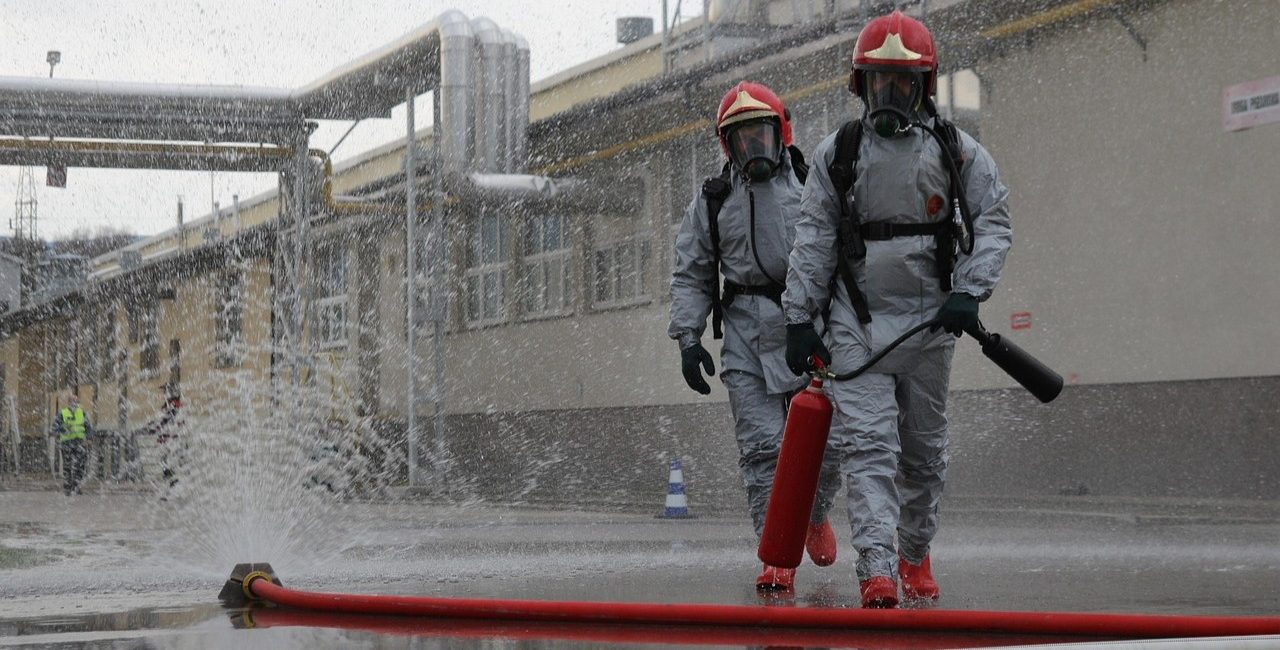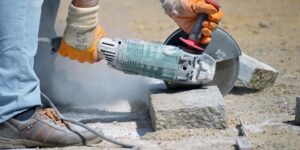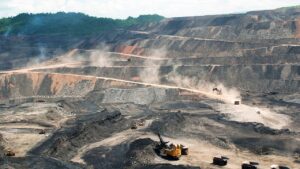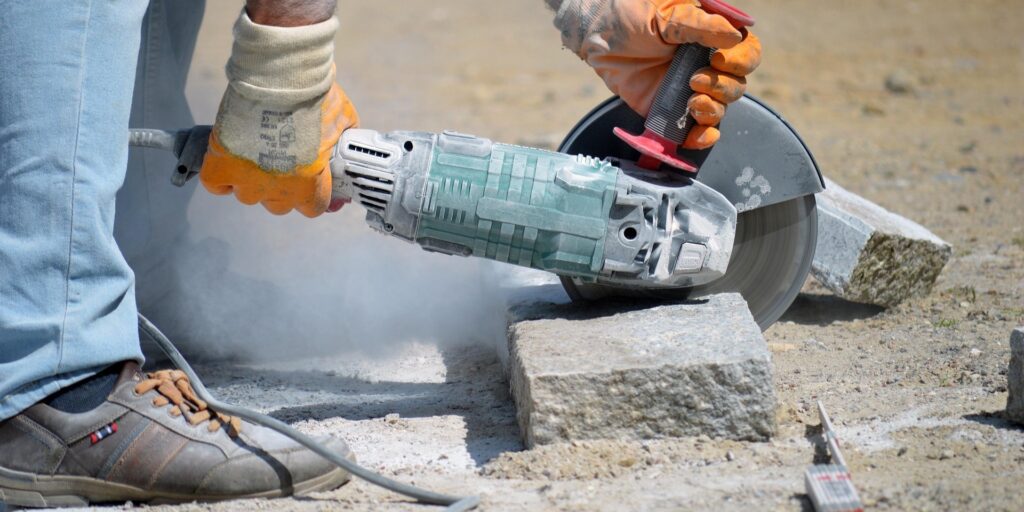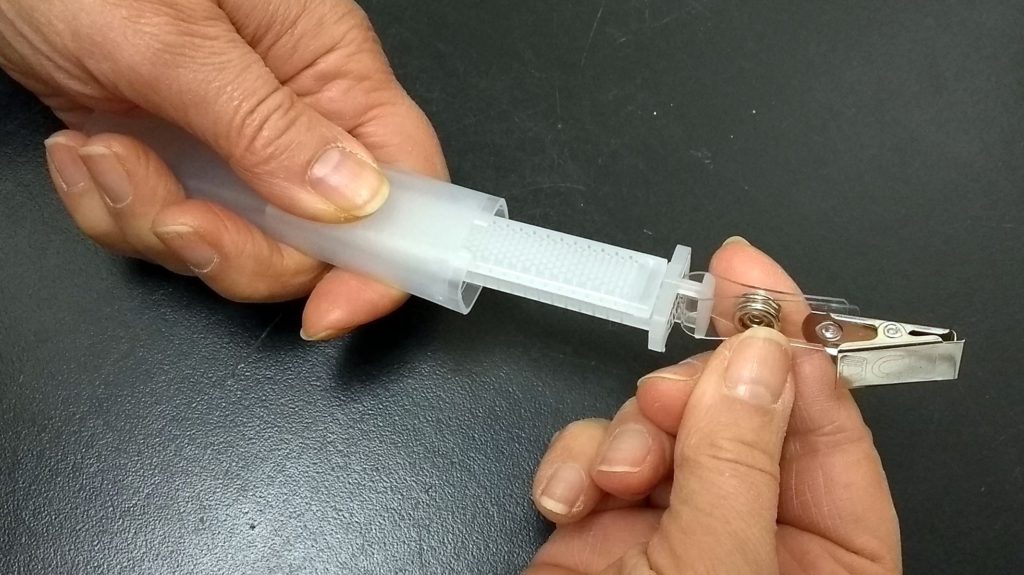LCS Laboratory Inc., offers the first of it kind, live, online training course on Industrial Hygiene Air Sampling. This advanced training program is designed for experienced professionals in industrial hygiene, safety, consulting, and indoor air quality (IAQ). Developed by LCS Laboratory Inc.—an ISO17025-accredited laboratory with over 25 years of field experience—the course reflects best practices inspired by the American Industrial Hygiene Association (AIHA).
Participants will gain comprehensive knowledge and practical skills to plan, execute, and interpret air sampling projects in the area of Occupational Hygiene and Worker’s Safety. From regulatory compliance to real-world troubleshooting, this course empowers professionals to lead complex monitoring campaigns with confidence and precision.
Course Format
- Live Online Instruction via Zoom.
- In-person training is available by request
- Flexible Scheduling: Delivered over 2, 4, or 5 days
- Total Duration: 16 academic hours
- Certificate of Completion issued by LCS Laboratory Inc
- Price: $1,500CAD for unlimited number of attendees (2025-2026 rates).
- Discounted rates are awailable for Ontario Consulting Companies who are open for cooperation.
- Special rates can be offered to International Companies and Universities for in person training.
Who Should Attend
- Certified Industrial Hygienists
- Safety and Environmental Consultants
- Occupational Health Officers
- IAQ Specialists
- Government Inspectors and Auditors
Course Highlights
- Comprehensive Coverage: 15 modules spanning gases, vapors, dusts, mists, sampling media, calibration, field work, quality control, and reporting:
- Introduction to Air Sampling
- Overview of air sampling in industrial hygiene
- Regulatory foundations: OSHA, NIOSH, EPA, MDHS, ISO
- Course logistics: 16 academic hours, no exam, certificate issued
- Importance of sampling in workplace safety and compliance
- Chemicals in Air and Their Regulated Limits
- Toxicology basics: dose-response, reference dose, exposure concentration
- Routes of exposure: inhalation, ingestion, skin absorption
- Understanding Occupational Exposure Limits (OELs) and their limitations
- Regulatory comparisons: OSHA, ACGIH, ATSDR, Canadian standards
- Principles of Industrial Hygiene Sampling
- Definitions and applications of TWA, STEL, and Ceiling limits
- Personal vs. area sampling
- Ethical considerations in personal sampling
- Importance of representative sampling for accurate exposure assessment
- Air Sampling of Dust and Mist
- Sampling techniques for particulates and non-volatile liquids
- Filter types and cassette configurations
- Size-selective sampling: inhalable, thoracic, respirable fractions
- Specialized equipment: cyclones, impactors, IOM samplers
- Air Sampling of Vapours and Gases
- Low-flow sampling techniques and adsorbent tubes
- Derivatization methods for unstable compounds
- Passive (diffusive) sampling and its limitations
- Emergency tools: colorimetric and dosimeter tubes
- Scans, Multiple Tests, and Sampling for Indicators
- Maximizing data with multi-parameter testing
- Chemical scans: BTEX, PAHs, metals
- Open characterization scans and indirect sampling strategies
- Using indicators and worst-case scenarios for risk estimation
- Pumps, Calibration, and Size-Selective Sampling
- Selecting and maintaining personal sampling pumps
- Calibration techniques and flow control
- Primary vs. secondary calibrators
- Troubleshooting pump performance and ensuring data integrity
- Pre-Sampling Study and Project Planning
- Client communication and project scoping
- Identifying chemical hazards and regulatory requirements
- Developing sampling plans based on site conditions and worker tasks
- Managing stakeholder expectations and ethical boundaries
- Planning Your IH Field Work
- Screening vs. compliance sampling
- Selecting appropriate methods and media
- Estimating sampling duration, flow rate, and air volume
- Budgeting, quoting, and equipment logistics
- Industrial Hygiene Field Work
- On-site setup and worker engagement
- Managing sampling during breaks and long shifts
- Real-time monitoring and troubleshooting
- Field documentation and traceability
- Quality Control and Quality Assurance
- Importance of blanks, duplicates, and calibration logs
- Reviewing field notes and lab results for consistency
- Recovering lost data and managing uncertainty
- Establishing internal QC systems
- Communication with Laboratories
- Understanding lab capabilities and limitations
- Managing interferences and method selection
- Shipping logistics and sample preservation
- Reviewing and interpreting lab reports
- Reporting of Air Sampling Results
- Structuring professional IH reports
- Calculations, compliance comparisons, and exposure modeling
- Action levels, best practices, and regulatory thresholds
- Defending your conclusions with solid documentation
- Miscellaneous but Important Aspects
- Preliminary results and client communication
- Liability, errors, and ethical responsibilities
- Choosing reliable instruments and managing expectations
- Strategic business insights for consultants
- Summary of the Training
- Recap of key concepts and techniques
- Encouragement to pursue further reading and certifications
- Global relevance and collaboration opportunities
- Certificate benefits and alumni perks
- Open forum for case studies, field challenges, and expert advice
- Real-world problem solving and peer learning
- Final wrap-up and next steps in professional development
Ready to Advance Your Expertise?
Whether you’re managing industrial hygiene programs, conducting field assessments, or advising clients on air quality compliance, this training will elevate your capabilities and credibility.
Enroll today to join a global network of professionals committed to safer workplaces and informed decision-making.
For registration, group rates, or custom delivery options, contact us at:
📧 info@lcslaboratory.com
🌐 www.lcslaboratory.com

